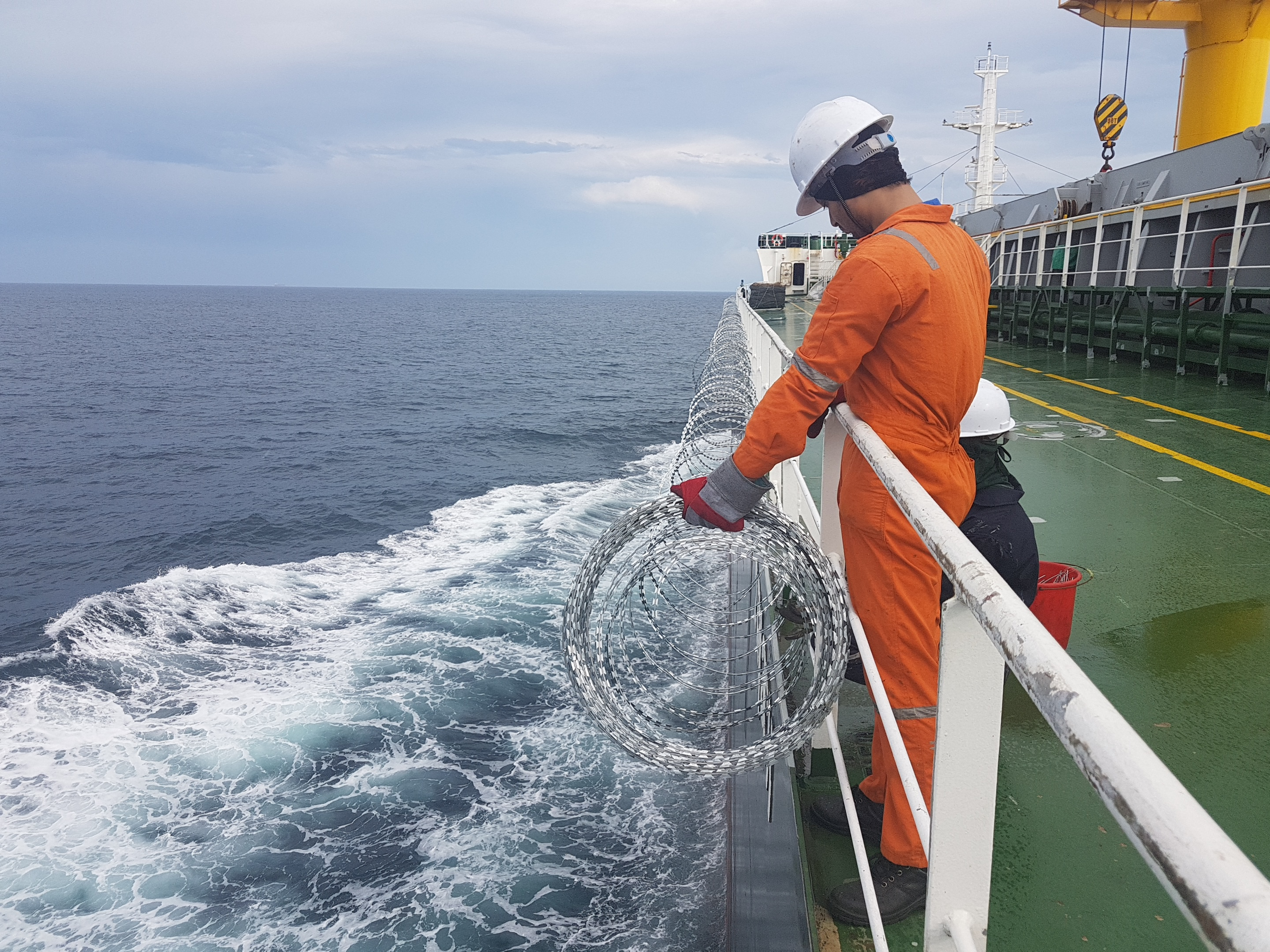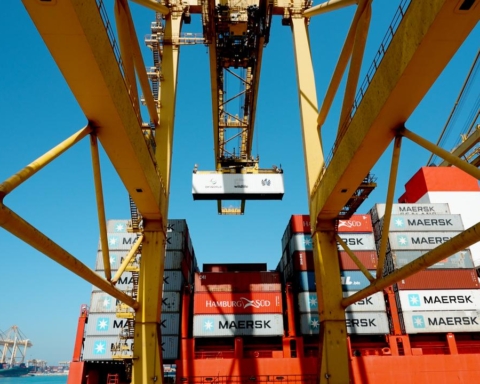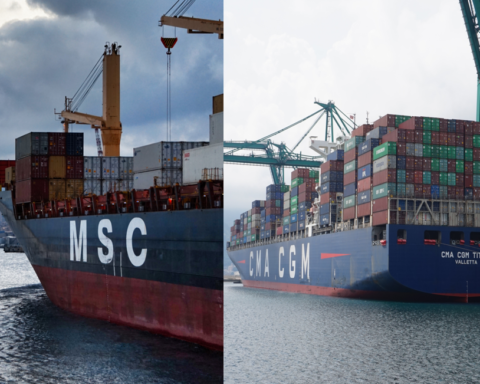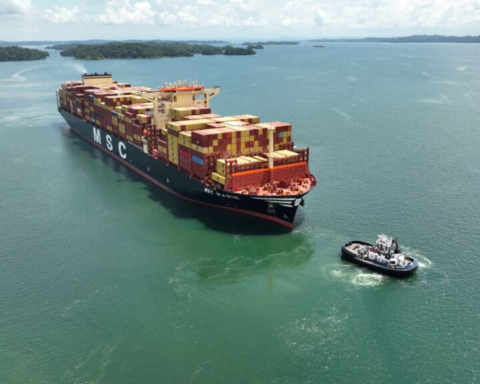There is another piracy alert in Southeast Asia. There may be a moderate increase in attacks on ships in the second half of 2022 due mainly to the economic impact of the War between Russia and Ukraine, which has led to rising food prices, subjecting the area to new economic difficulties.
The ISEAS think tank (Yusof Ishak Institute) announced this in a report in which it referenced statistical data from two non-governmental organizations: the International Maritime Bureau’s Piracy Reporting Centre (IMB-PRC), based in Kuala Lumpur, and the Regional Cooperation Agreement on Combating Piracy and Armed Robbery against Ships in Asia’s Information Sharing Centre (ReCAAP-ISC), based in Singapore.
“Piracy and sea robbery is a perennial problem in Southeast Asia,” says author of the report, Ian Storey. “The geography of the region is characterized by large maritime spaces, sprawling archipelagos and porous and contested sea boundaries,” he notes, adding how regional navies, coast guards and other maritime civil law enforcement agencies have limited resources to conduct patrols and monitor illegal activities in their countries’ territorial seas, large exclusive economic zones (EEZs) and expansive archipelagic waters.
Shipping routes, maritime bottlenecks and ports in Southeast Asia are among the busiest in the world, providing seaborne criminals with a target-rich environment. Likewise, according to Mr. Storey, corruption within the military, civilian law enforcement and port authorities exacerbates the problem. Poor socio-economic conditions in coastal communities also lead “locals to turn to crime to make ends meet, especially during economic downturns.”
The macro region’s most at-risk area is still the Singapore Strait, some 100 km long and now at the center of a new escalation in political tension between China and Taiwan. Over 100,000 ships pass through it each year, transporting goods worth billions of dollars. The three coastal states, Singapore, Indonesia and Malaysia, are responsible for security in their respective territorial waters that together make up the strait.
Even prior to the pandemic, the number of incidents in the Strait of Singapore was reported to be increasing. 12 attacks were reported to the IMB-RPC in 2019 (+3 on 2018), 23 in 2020 and 35 in 2021.
In 2021, 61.4 % of all piracy reports that year took place in the Singapore Strait. It was the highest number of incidents since 1992.
ReCAAP-ISC recorded 49 attempts in the Singapore Strait in 2021 (accounting for 60 % of all attacks in Asia) compared to 34 in 2020. Between 2019 and 2021, most incidents occurred in the eastern sector of the Traffic Separation Scheme (TSS), in the Indonesian waters of the Riau Islands, including Bintan and Batam.
The attacks (most of which were low-level non-violent robberies) were against larger ships – bulk carriers, oil tankers and general cargo ships – by gangs consisting of three to five men, usually armed with knives.
The ISEAS think tank points out that the vast majority of incidents in Southeast Asia are robberies at sea, i.e. real or attempted attacks that occur within the 12-nautical-mile territorial maritime limit of coastal states. In an attempt to solve this problem, regional coast guards and other law enforcement agencies have tightened security at their ports and anchorages. “This has resulted in a significant decrease in acts of sea robbery in some of Southeast Asia’s major ports,” the report says.
Indonesia has been particularly successful. Under the 2014 Safe Anchorage program, Indonesian maritime police tightened patrols in 10 ports. The program has contributed to a sharp decline in incidents in Indonesian waters (outside the Straits of Singapore): according to IMB-PRC, the number of attacks has fallen from 43 attacks in 2017 to 25 in 2019, 26 in 2020, and nine in 2021.
ReCAAP’s figures show a similar trend: from 33 attacks in 2017 to 22 in 2020 and 13 in 2021.
There has also been a reduction in the number of incidents in Malaysian and Vietnamese ports between 2020 and 2021. Attacks in Manila were up during the pandemic due to the large number of vessels anchored in the port waiting for crew changes. There were nine incidents of robbery at sea in Manila in 2021. However, the Philippine Coast Guard has tightened patrols in the harbour and arrested a number of perpetrators.
The increasing attacks of piracy in 2021 have continued in the first half of 2022. According to the IMB-PRC, 16 incidents were reported in the Singapore Strait between January and June compared to 11 during the same period in 2020 and 16 in 2021. This represents 62% of the attacks in Southeast Asia).
The number of attacks in Indonesia has risen slightly in relation to the same period last year, 7 compared to 5. On the other hand, there has been a continual downturn in the frequency of incidents in the Philippines, Malaysia, and Vietnam. Overall, 26 attacks were recorded by the IMB-PRC in Southeast Asia between January and June 2022, down from 35 to 28 during the first half of 2020 and 2021.
ReCAAP-ISC’s data refers to 36 incidents in Southeast Asia in the first 6 months of 2022, compared to 35 attacks in the same period in 2021 and 47 in 2020.
27 incidents were reported to ReCAAP-ISC in the Singapore Strait (all in Indonesian waters) compared to 20 in the first 6 months of last year. The number of attacks in Indonesia remained unchanged from January to June 2021, while piracy continued to decline in Malaysia, Vietnam, and the Philippines.
Neither IMB-PRC nor ReCAAP-ISC received reports of actual or attempted attacks in the Straits of Malacca or Sulu-Celebes Seas between January and June 2022.
As mentioned above, by the second half of 2022 there could be a new escalation in piracy incidents. According to Mr. Storey, despite the fact that national initiatives and interstate cooperation have proven to be effective in dealing with the piracy problem, these measures have to be tightened. In particular, Indonesia should devote more resources to arresting criminal gangs operating in its waters in the Singapore Strait.
Translation by Giles Foster




